Himalayan Rabbit
Himalayan Rabbits. Get the history, description, standards, photos of the medium to small Himalayan. Is this rabbit right for you or your 4-H child?
History of the Himalayan Rabbit
According to the American Himalayan Rabbit Association, the US national club representing the Himalayan breed, “Himalayans are one of the oldest breeds of rabbit known throughout the world, dating back to ancient times in countries like China, Tibet, and Russia. It is one of the few breeds that were not man-made by crossing different breeds of rabbits.”
1857
seems to offer the earliest mention of white rabbits with black points called
“Africans.” The description bears no resemblance to today’s Himalayans, other
than color. The source of these Himalayan-pointed “African” rabbits was nowhere
near China or Africa – they were sports from crosses of tame Silver-Gray
rabbits with local wild English Silver-Gray warren rabbits and some unspecified
black rabbits, possibly also sourced from the warrens as the Silver-Grays were
known to throw recessive black offspring.
Himalayans in the USA
Himalayans arrived in the USA during the Belgian Hare Boom at the turn of the 20th Century. Along with the Belgians came other breeds, including Himalayans. At that time, Himalayan fur was highly prized as the “ermine” fur of rabbits.
The American Pet Stock Association recognized black Himalayans in 1912. Later, the American Rabbit and Cavy Association granted a charter to the American Himalayan Association in 1931. The club name was later changed to the current “American Himalayan Rabbit Association.”
Blue, Chocolate, and Lilac Himis were eventually created through outcrosses.
Blue Himis were accepted in 1962. They survived a vote to eliminate the variety in the early 1980’s due to lack of interest and even some opposition to the variety.
Chocolate Himis were accepted in the mid 1990’s.
Lilac Himis were accepted thereafter. Lilac mini-rex were used to secure the correct color of lilac by the developer, Mr. Ron Smelt of California. He realized that rex coats might crop up in the gene pool eventually, but he felt that the rex genetics could be eliminated through selective breeding.
Today all four varieties are recognized in both the UK and the USA. Blacks, however remain a popular variety.
Description and Standards
Himalayans are long and snaky in body, the only rabbit breed with this body type, which is described as “sophisticated” by Mr. Smelt.
- They are mainly white, with color limited to the points – ears, nose, paws and tail.
- The eyes are red.
- They are small, weighing up to 4.5 pounds (2 kg) according to standards in the USA and UK.
The Himalayan generally breeds true in type and color. But occasionally, some newborn Himalayan kits are tinged with silver, and others are nearly solid gray. Not to worry - the pigmentation eventually leaves the baby kit, and its coat turns snow white. At the same time, its points darken to nearly black (or blue, chocolate, or lilac).
These rabbits are remarkably docile and loving, making them a wonderful choice for 4-H projects or a child’s pet.
Interested in other rabbit breeds?

Are you trying to decide which breed is best for you?
Do you see a bunny available, but haven't heard of that kind before?
Are you curious about the different types of rabbits?
Check out our ebook, Domestic Rabbit Breeds. We also have lots of other great books with everything you need to know about rabbits, from housing to healthcare. Check out our BOOKSTORE.
New Year Special! Ring in 2025 with a resolution to learn about rabbits! (It will help you with your resolution to avoid snacking...)
All of our ebooks are ON SALE, 30% off!
Double-Value Guarantee
Our policy is to always OVER-deliver
on value,
which is why your purchase is fully covered by our
Double-Value
Guarantee.
Go ahead - take any of our e-books for a test drive. Peruse our detailed informational and educational e-books. Examine our plans for building rabbit cages, runs, or metal or PVC hutch frames. Check out the Rabbit Husbandry info e-books.
If you aren't completely satisfied that your e-book purchase is worth at least double, triple or even quadruple the price you paid, just drop us a note within 45 days, and we'll refund you the entire cost. That's our Double-Value Guarantee.
Note: When you purchase your
e-books, they will be in PDF format, so you can download them to any device that
supports PDF format. We advise making a back-up copy to a drive or cloud
account. If the books are lost, you can also purchase another copy from Raising-Rabbits.

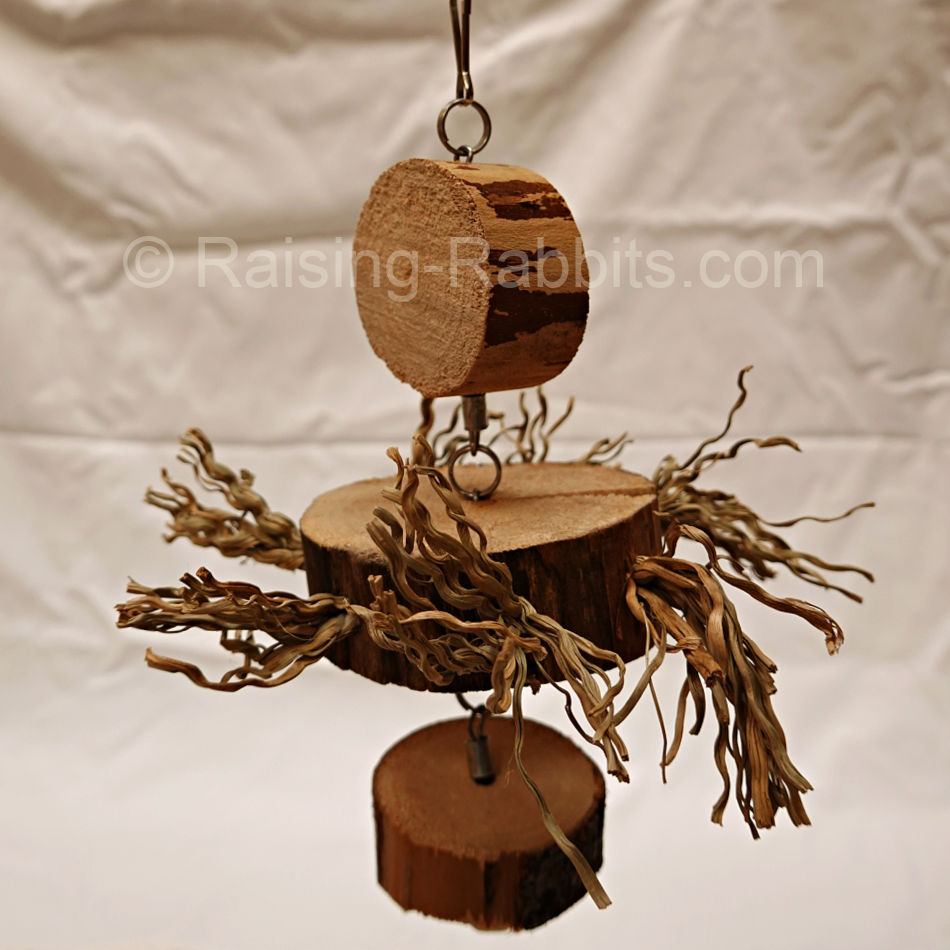

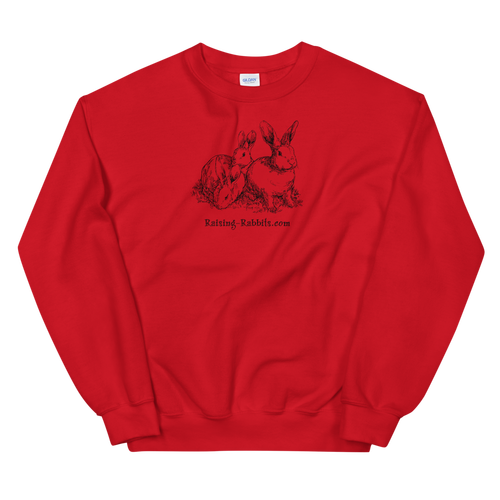
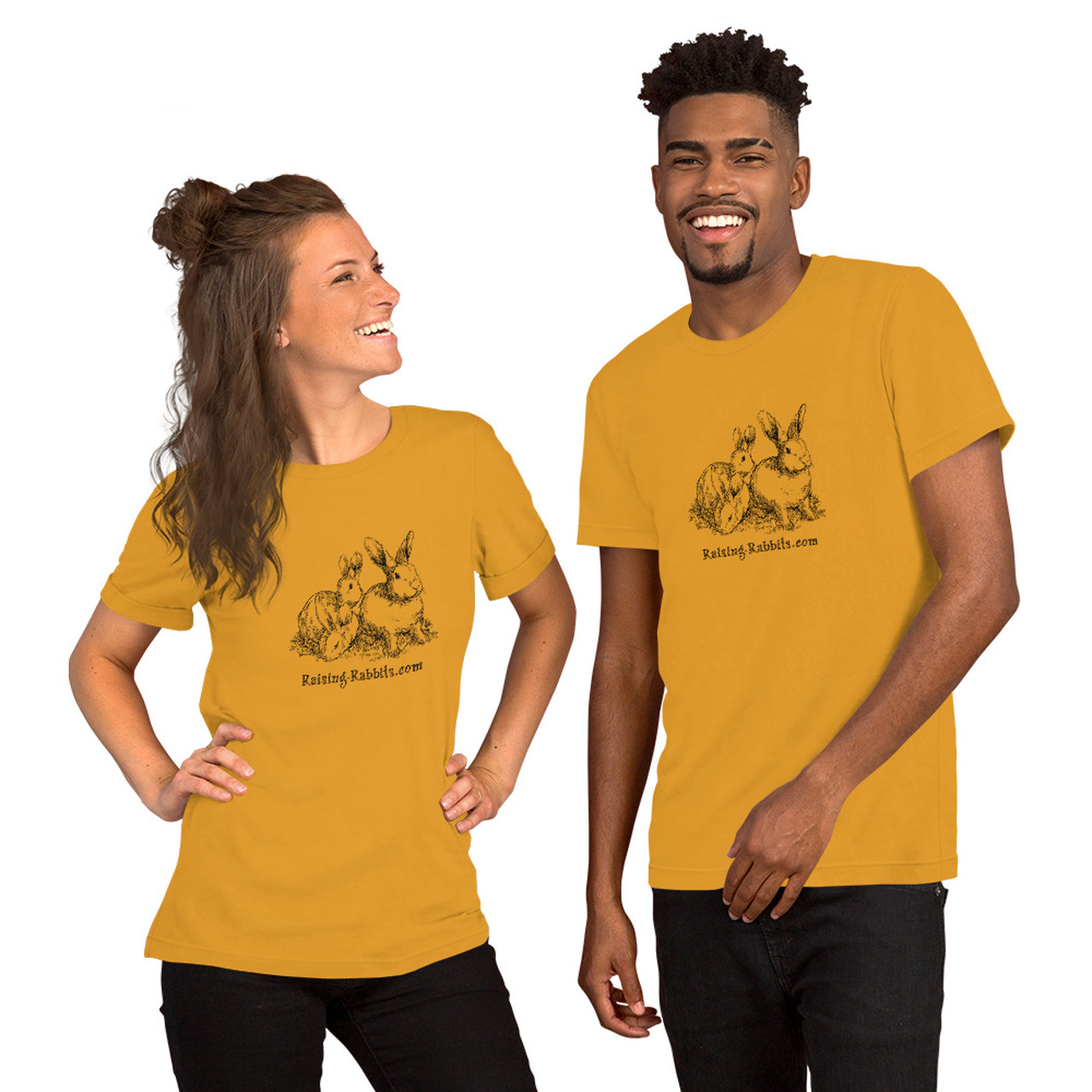
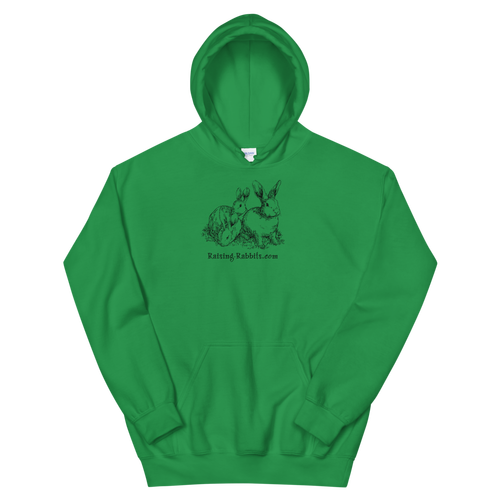



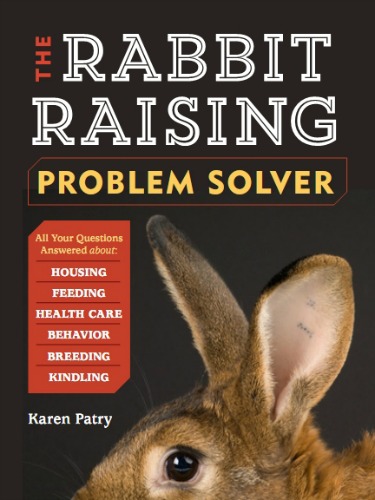

New! Comments
Have your say about what you just read! Leave me a comment in the box below.